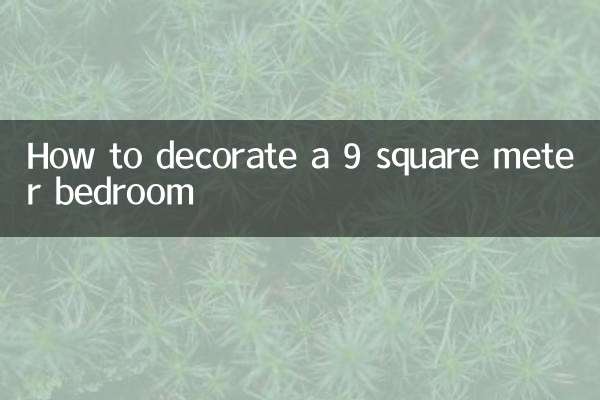How to make tatami in woodworking: hot topics and practical guides on the Internet
In the past 10 days, tatami making has become one of the hot topics on the Internet about home decoration and woodworking DIY. Many users search for "How to make tatami with woodworking", hoping to understand the complete process from material selection to construction steps. This article will combine hot topics to provide you with a structured data guide to help you easily complete tatami production.
1. The core points of making tatami

According to the search data on the entire Internet, the following are the tatami production issues that users are most concerned about:
| Ranking | hot issues | Search volume share |
|---|---|---|
| 1 | What kind of wood is best for tatami mats? | 32% |
| 2 | Tatami size standard | 25% |
| 3 | Implementation of tatami storage function | 18% |
| 4 | Compatibility of tatami and floor heating | 15% |
| 5 | Tatami Mat Buying Guide | 10% |
2. Detailed steps for making tatami
1. Material preparation
The following woods are recommended for making tatami frames:
| wood type | Features | Price range (yuan/㎡) |
|---|---|---|
| pine | Soft texture and easy to process | 150-300 |
| oak | Moderate hardness and beautiful texture | 300-500 |
| elm | High hardness and durability | 400-600 |
2. Tool preparation
Basic woodworking tools include: hand saw, electric drill, tape measure, square ruler, sandpaper (80-240 mesh), woodworking glue, screws, etc.
3. Production process
| step | Operational points | Things to note |
|---|---|---|
| 1. Measurement space | Accurately measure length, width and height | Reserve 5mm expansion joint |
| 2. Frame making | Use 4×4cm wooden squares | Diagonal error≤3mm |
| 3. Base plate installation | 12mm thick multi-layer board | One fixed point every 30cm |
| 4. Edge processing | 45° bevel splicing | Reinforce with carpenter's glue |
| 5. Surface treatment | Polished to 240 grit | Recommended water-based wood paint |
3. Popular tatami design solutions
According to the popularity of the entire Internet, the following are the three most popular tatami designs:
| design type | Features | Applicable space |
|---|---|---|
| lift table | Multifunctional, can accommodate guests | ≥8㎡ room |
| Storage box type | Strong storage capacity | small apartment |
| Floor bed type | Height 20-40cm | bedroom |
4. Frequently Asked Questions
Q: Do tatami mats need ventilation holes?
A: Yes, it is recommended to leave 2-3 ventilation holes with a diameter of 5cm on each side of the bottom to prevent moisture.
Q: What is the appropriate height for tatami mats?
A: The normal height is 30-45cm, of which the storage type is recommended to be ≥35cm, and the pure floor type can be 20-30cm.
Q: What material is best for tatami mats?
A: Mainstream choices: rush mat (breathable), latex mat (comfortable), coconut palm mat (good support).
5. Construction safety tips
1. Wear safety glasses when using power tools
2. Pay attention to the grain direction when cutting wood.
3. Maintain ventilation at the construction site
4. Pre-drill holes before fixing screws
5. The edges of the tatami in the children’s room need to be rounded.
With the above structured guide, even novice woodworkers can master the core techniques of tatami making. It is recommended to make a sample for practice before starting the formal construction. For the recently popular minimalist style tatami, you can try the combination of wood color + white, which is both simple and warm.

check the details

check the details